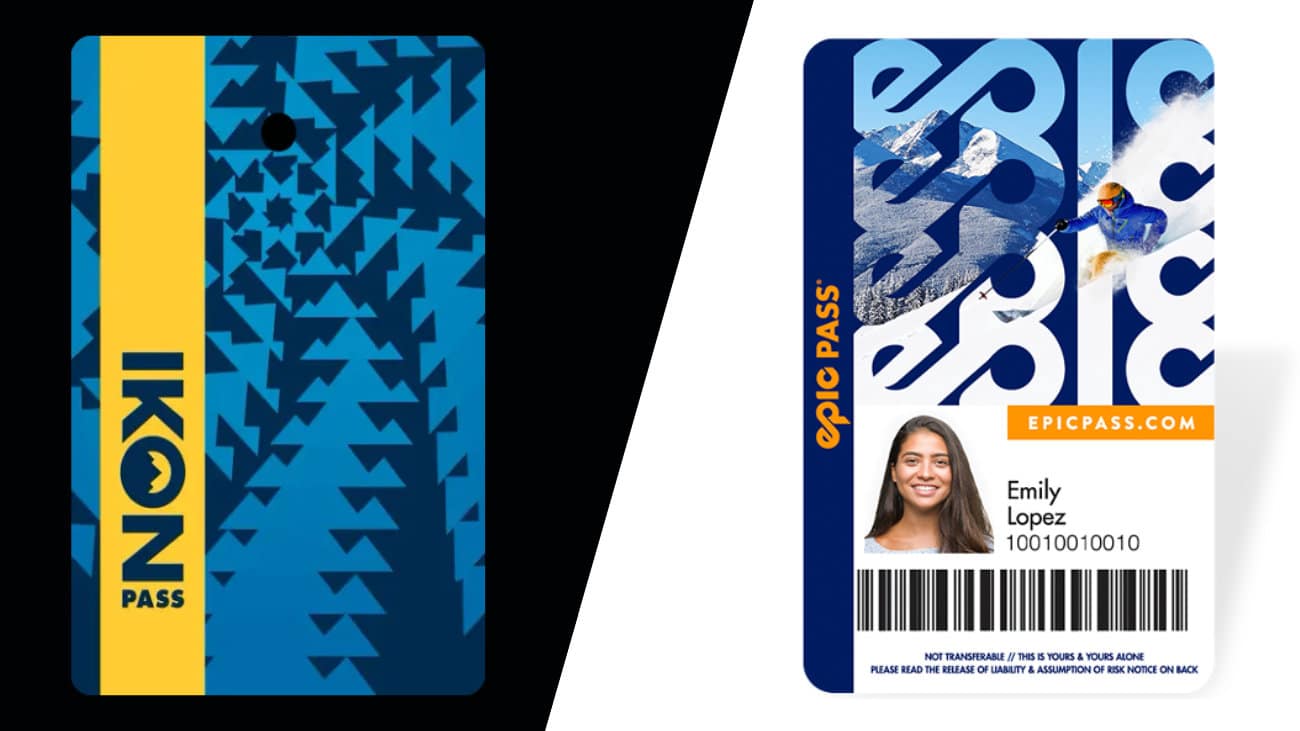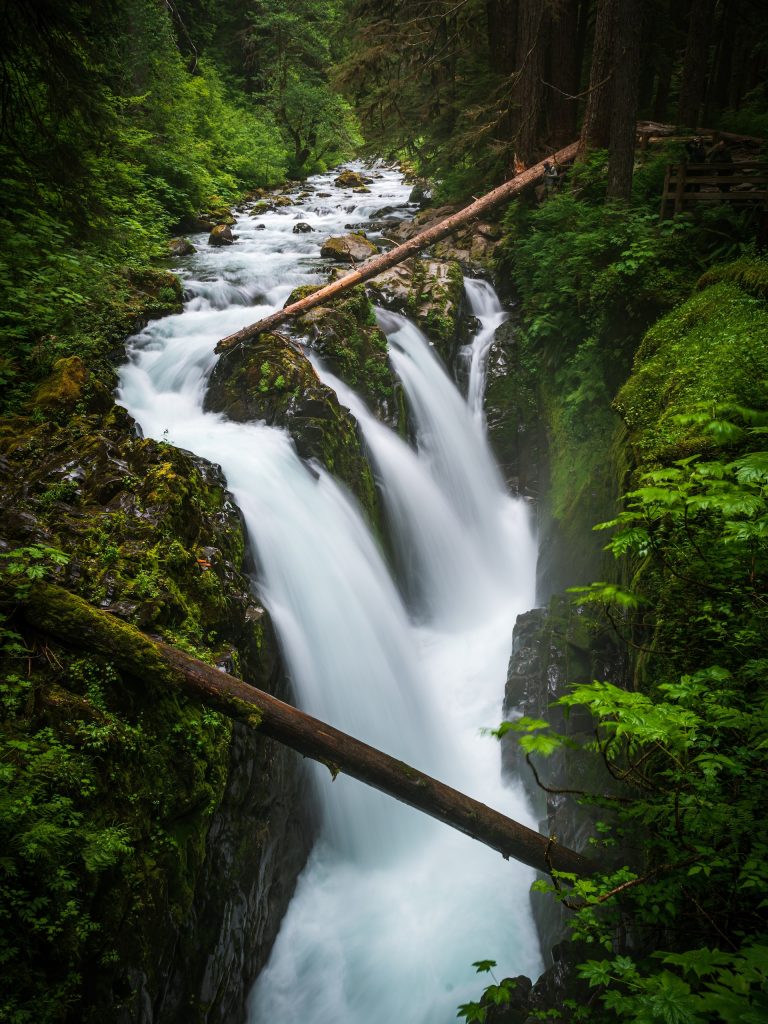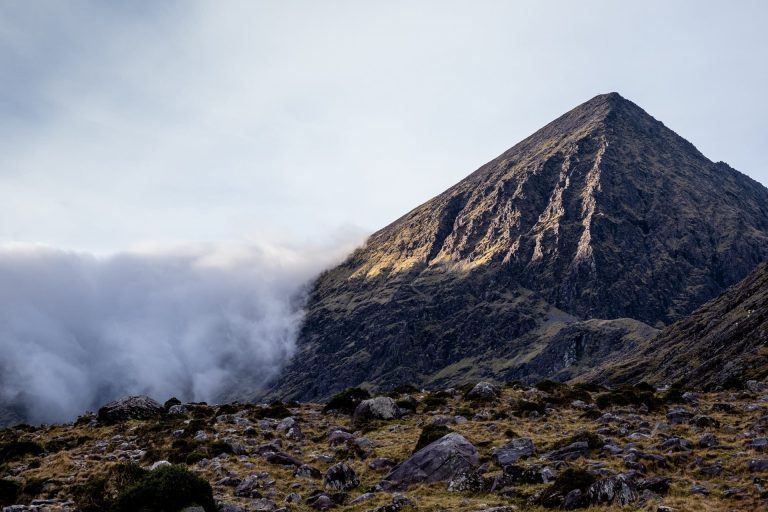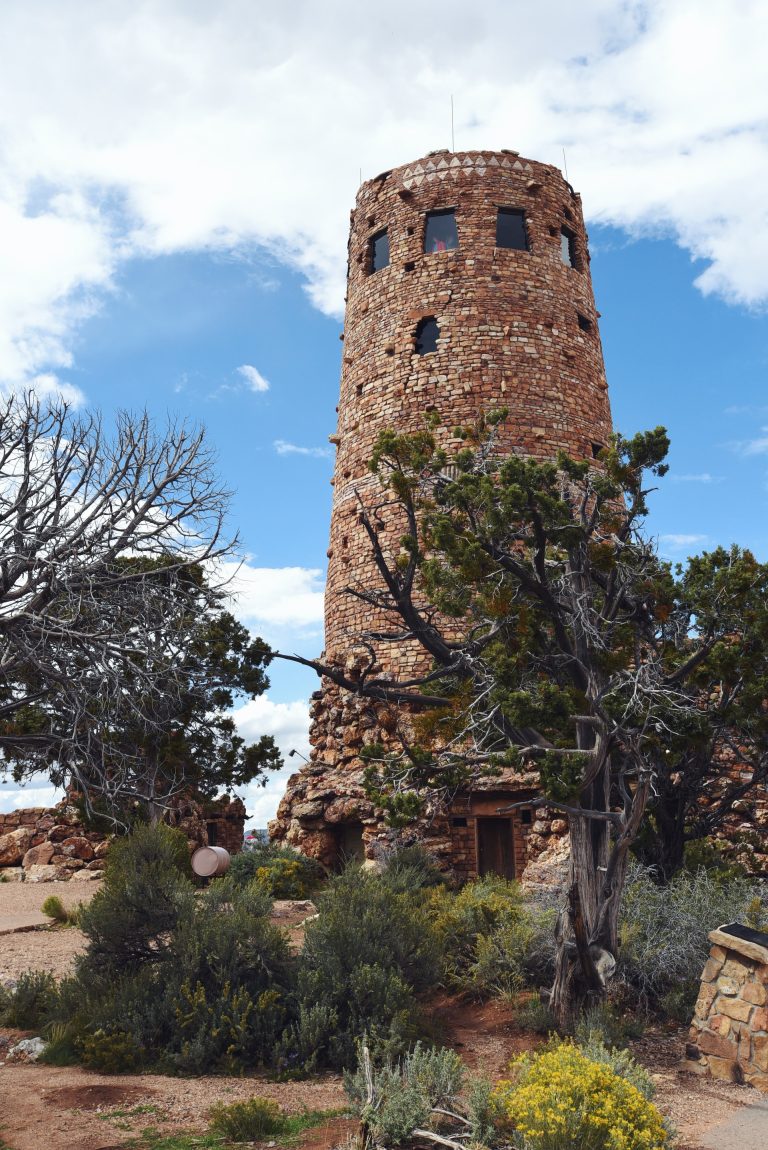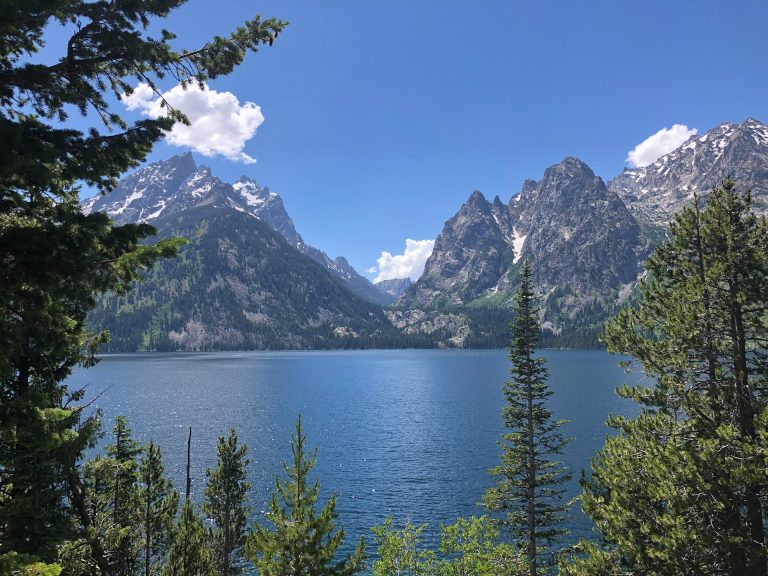Ikon vs. Epic Pass
Multi-resort lift ski passes have become big business over the last few years. Vail Resorts created the idea back in 2008 when they created the EPIC pass. The idea was that people who intended to visit one of their many resorts could pre-purchase lift tickets, which provided benefits for both parties involved. A skier in Colorado could ski at Vail, Keystone, Breckenridge, Beaver Creek all under one season pass. It was revolutionary!
Skiers would get access to most of Vail’s resorts, as well as steep lift ticket discounts – sometimes over 50% off same-day prices for a full ski season. They also would receive other ancillary benefits like discounts on food, rentals, and additional days. Vail would receive much of its lift ticket money upfront, allowing it to 1) safeguard against a bad season, and 2) bank all of this cash that they could use on mountain upgrades.
This proved to be such a winning combination for both the ski resort and skier that Alterra Company – owner of Solitude, Deer Valley, and Mammoth Mountain – decided to get into the game in 2018 with their own multi-resort pass called Ikon.
In the years since both passes debuted, a few things have changed, and mostly due to the competition between the two. Vail has continued to purchase more ski resorts to place under their Vail Resorts umbrella. Alterra has signed up legendary ski resorts like Alta, Big Sky, and Aspen. Both have implemented day passes and “local” passes that only work in a specific region of the country.
Competitors to these main two have also popped up over the years. The Mountain Collective and INDY passes have carved out their own niches, but neither have really come close to the size and hold that Epic and Ikon currently have on the skiing community.
It is because of this, I wanted to use the extensive data I have on all 600+ ski resorts in North America and see which multi-resort ski pass comes out on top. The “best ski pass” will undoubtedly be different for everyone. Everyone here has different priorities. Some may want to only ski close to home, while others may want to spend a week in Utah or Colorado. Terrain, difficulty, and nightlife differences may sway someone one direction or another.
Best Pass by Value
Epic’s prices are about $250 less than what Ikon charges for an all-resort, unlimited season pass. If that is enough to sway some without looking any further, I can’t argue with the logic. That is a huge price difference, and it is just as drastic when looking at teen or child tickets.
Epic does have 1-to-7 day lift tickets available, as does Ikon, and those are closer in price to each other than the season-long passes.
In terms of benefits, both Epic and Ikon reserve their best deals for season passes. Both offer free or discounted buddy tickets, which might be the biggest selling point for them. In addition to that, the Ikon pass gives cardholders a 15% discount on food, beverages, and retail items, while Epic offers the same at a 20% discount.
Both passes offer 0% financing as well. This perk can come in quite handy when trying to throw down $1,000 for each skier in your family.
Another thing to consider is that both Epic and Ikon have a list of unlimited access resorts, and a list of ones that may be off limits to certain pass holders, or limited to only a select number of days. Usually, the more expensive a ski pass is, the more unlimited resorts you get access to.
Best Ski Pass By Location
Ikon and Epic both have a lot of ski resorts in Colorado. In fact, just about every major ski resort is a part of one of these two lineups. If you plan on skiing extensively in Colorado, either one of these passes will do the trick for you.
It is when you look at the rest of the country that the differences begin to take shape.
Epic reigns in the Northeast US. They have 9 resorts in PA alone. They also have a good bit of resorts in Vermont and New Hampshire.
Ikon is the pass of choice when you are looking to ski the upper-tier Utah resorts. Sure, Epic owns Park City, but Ikon owns the Cottonwoods.
Best Ski Pass by Size
As of 2023, Ikon has 8 more ski resorts in their lineup than Epic does. Ikon can partner with just about any ski resort (except for those that are owned by Vail… obviously), while Vail needs to own all the resorts that are in their Epic lineup.
When you compare the passes average mountain stats, Ikon comes out on top every time. This is because, Epic has a good number of resorts on the East Coast, where the metrics simply cannot compare to those in the West.
| Ikon | Epic | |
|---|---|---|
| Summit Elevation (ft) | 6,558 | 4,782 |
| Vertical Drop (ft) | 2,189 | 1,599 |
| Trails | 94 | 74 |
| Skiable Acres | 1,648 | 1,283 |
Best Ski Pass by Difficulty Levels
Disclaimer: We extensively rely on our own proprietary Difficulty Score metric in this section. A high score means a resort is very difficult, while a low score means it is generally easy. Metrics like the breakdown of trail levels, vertical drop, summit elevation and sheer size all factor into this score.
Epic pass resorts have the highest average Difficulty Score based on our numbers, and beats the Ikon resort average by 8 percentage points. However, looking only at averages obscures plenty of things.
For instance, while Epic has multiple resorts that rank among the most difficult slopes in North America (Telluride and Whistler Blackcomb instantly come to mind), they also have some very beginner-friendly mountains. In 2021, Vail purchased a few relatively easy resorts in central PA. Their average difficulty level is in the mid-to-low 30s.
Ikon doesn’t really have any of those types of “easy” mountains in their network. In fact, Buttermilk and Stratton are two of their easiest mountains, and they are by no means only for beginners.
If you are a beginner, Epic seems to be the only multi-resort that has you covered with a good amount of easy mountains. Surprisingly, Epic also has the highest difficulty score of all pass networks.
Ikon seems to only have hard mountains in their lineup, while Epic has a greater diversity.
